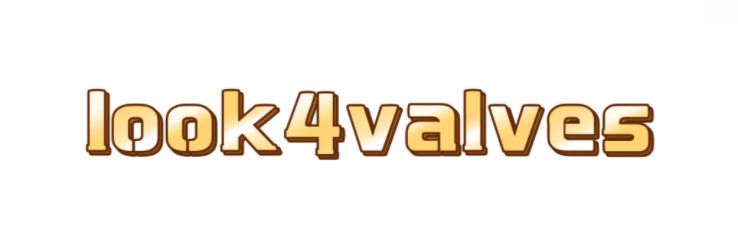Top Textile Laser Cutting Machine Trends for 2025
As the textile industry continues to evolve, the integration of advanced technologies remains crucial for manufacturers aiming to enhance efficiency and quality. Among these technologies, laser cutting machines are gaining increased attention for their precision and versatility, significantly transforming the textile manufacturing landscape. As we look towards 2025, several trends in textile laser cutting are set to emerge, reshaping how businesses operate in this competitive market.
For more textile laser cutting machineinformation, please contact us. We will provide professional answers.
One of the most significant trends is the growing demand for automation in textile manufacturing. Laser cutting machines equipped with automation features can significantly reduce labor costs and minimize human error. By integrating automated systems, companies can streamline their production lines, allowing for faster turnaround times and increased output. As businesses strive to meet the ever-growing consumer demand for customized and mass-produced fabrics, automation will play a vital role in staying competitive.
Another trend on the rise is the advancement of software technology used in conjunction with laser cutting machines. Modern machines are now capable of being controlled by sophisticated design software that can simplify the workflow from design to production. This integration not only enhances the efficiency of the cutting process but also allows for greater experimentation and innovation in design. As textile manufacturers adopt these software solutions, they can create more intricate designs while reducing waste, ultimately leading to cost savings and increased profitability.
Sustainability continues to be a major focus for industries worldwide, and the textile sector is no exception. As consumers become increasingly aware of their environmental impact, the demand for sustainable practices is on the rise. Laser cutting technology supports sustainability efforts by minimizing fabric waste, as the precision of laser cuts reduces the excess material typically produced in traditional cutting methods. Moreover, companies are now able to source eco-friendly fabrics and apply laser cutting to create less waste during the production process. This trend is expected to grow as consumers prioritize environmentally responsible products.
Customization and personalization are also set to dominate the textile market in 2025. With laser cutting technology, manufacturers can offer personalization options for their customers, creating unique products tailored to individual preferences. This customization goes beyond mere designs; it allows for modifications in size, shape, and even material types, catering to the increasing demand for bespoke textiles. Companies that embrace this trend can foster stronger customer loyalty and enhance their brand image, ultimately driving more traffic and sales.
Furthermore, the integration of Industry 4.0 concepts within the textile sector will significantly influence the future of laser cutting machines. As the Internet of Things (IoT) and smart manufacturing technologies continue to advance, laser cutting machines can connect seamlessly to other devices within the production chain. This connectivity allows for real-time monitoring and data analysis, leading to better decision-making and enhanced operational efficiency. In 2025, manufacturers that harness these technologies will be at the forefront of the industry, equipped to respond quickly to market changes and consumer needs.
Lastly, training and education on the use of advanced laser cutting technology will become more important than ever. As the technology evolves, there will be a greater need for skilled professionals who understand how to operate and maintain these machines effectively. Investing in training programs not only benefits manufacturers by creating a more competent workforce but also helps to attract new talent to the industry. The trend towards continuous learning and workforce development will ensure companies remain competitive in a rapidly changing market.
In conclusion, the future of textile laser cutting machines is bright, with numerous trends poised to impact the industry by 2025. From automation and smart technology to sustainability and customization, these advancements offer exciting opportunities for manufacturers. By staying informed and adapting to these trends, businesses can not only enhance their operations but also drive traffic and improve their visibility in the market. As your company embraces these changes, the potential for growth within the textile sector is limitless.
Want more information on oscillating knife cutting machine? Feel free to contact us.

